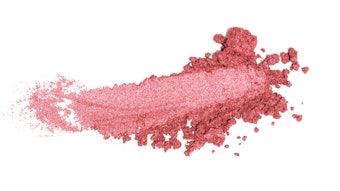Industry expert Tony O'Lenick poses the question: What is the difference between conventional and transfer-resistant lipstick? The answer is provided by Sal Barone of Coty, whom O'Lenick often refers to as the "father "of transfer-resistant lipstick.
According to Barone, conventional lipstick formulations are composed of waxes, oils, colorants, fillers and additives. Conventional lipsticks soften upon application to the lips and deliver all of the above mentioned components. Colorants in conventional lipsticks are milled in oil and conventional lipsticks contain no volatile components, thus they do not require a special component.
Transfer-resistant lipsticks are composed of solvents, waxes, oils, colorants, fillers and additives. Transfer-resistant silicon-based lipstick requires all components be organo-compatible. Transfer-resistant lipstick may contain as much as 50% solvent. The evaporation of the solvent present in the formula leaves very little oil on the lips and this minimization of the oil left on the lips improves the transfer-resistance.
The chemist must look at what is left on the lips to determine the product's transfer-resistance.
Submit a question to Tony O’lenick for "Comparatively Speaking" at: [email protected]










